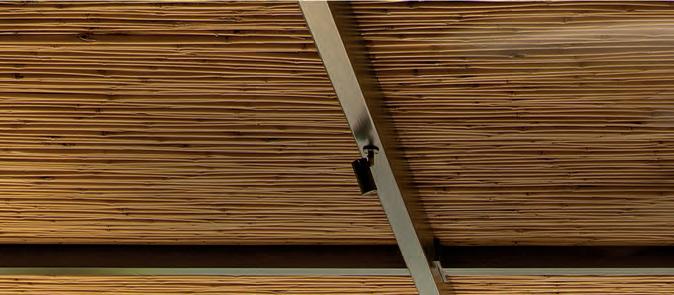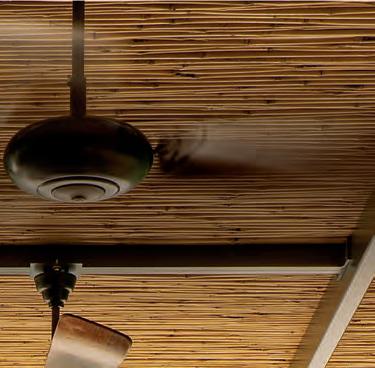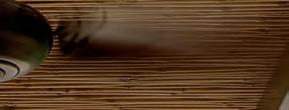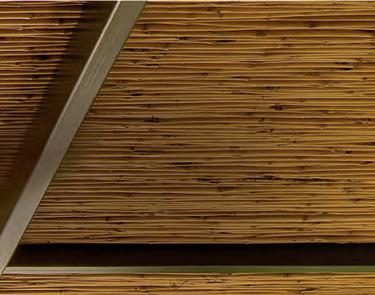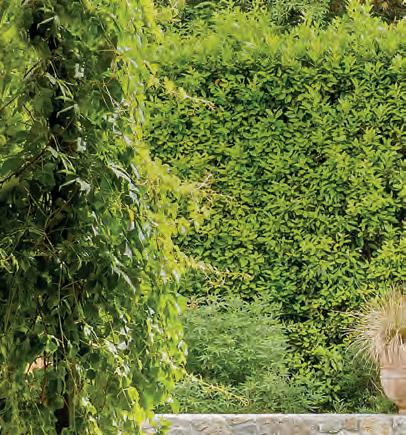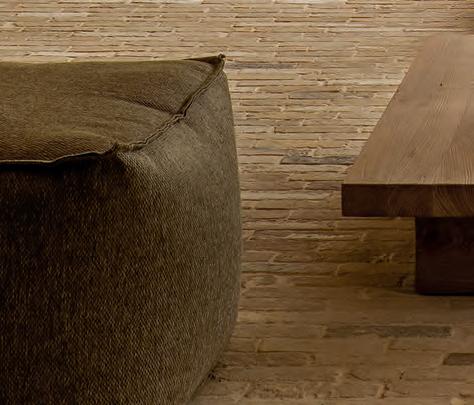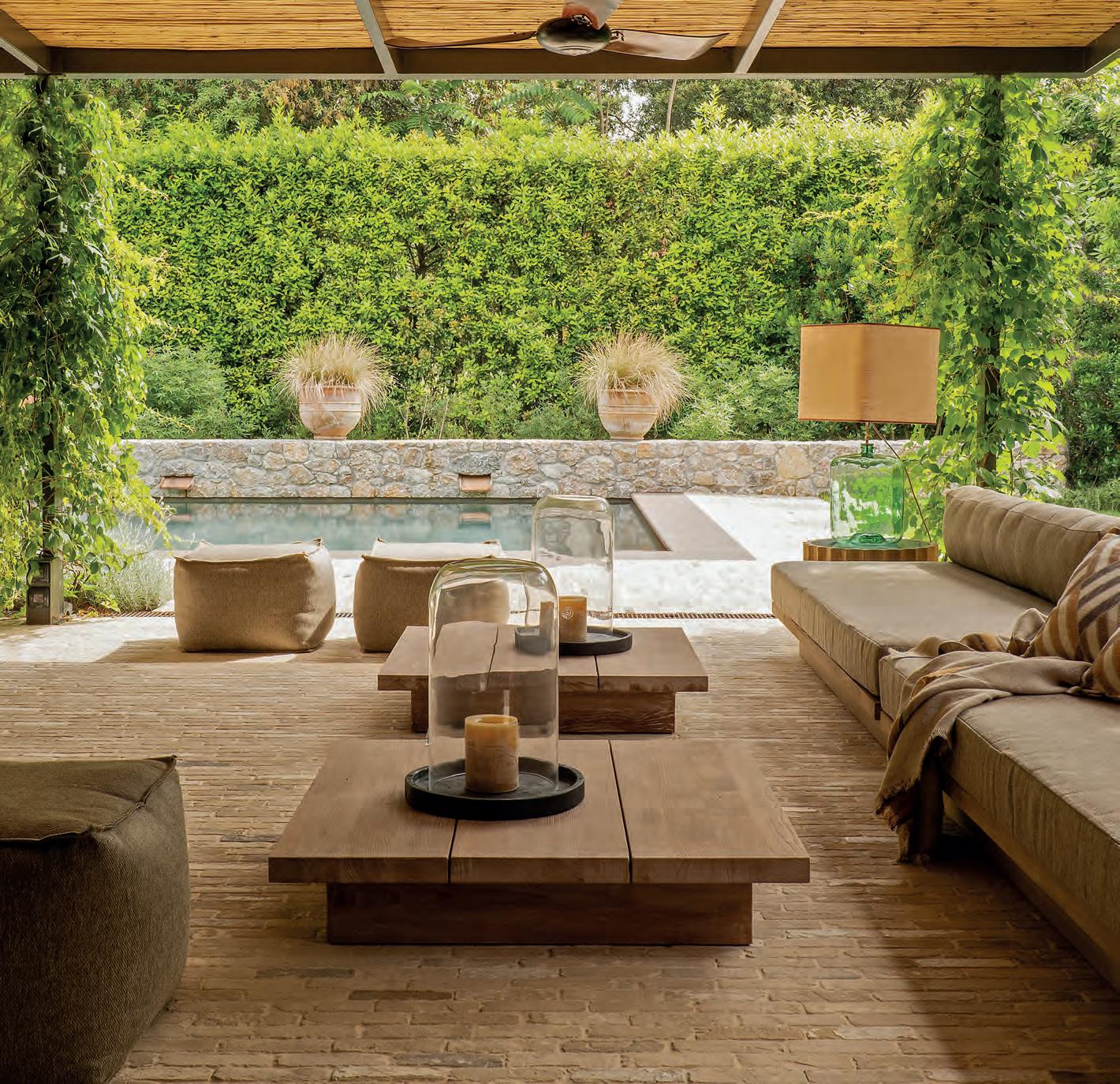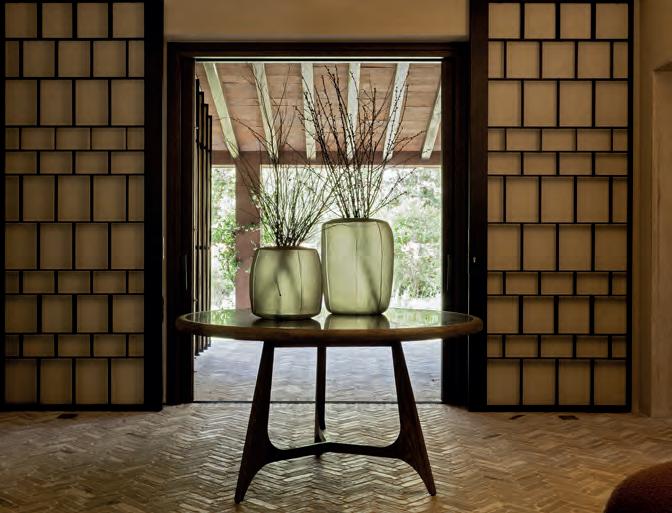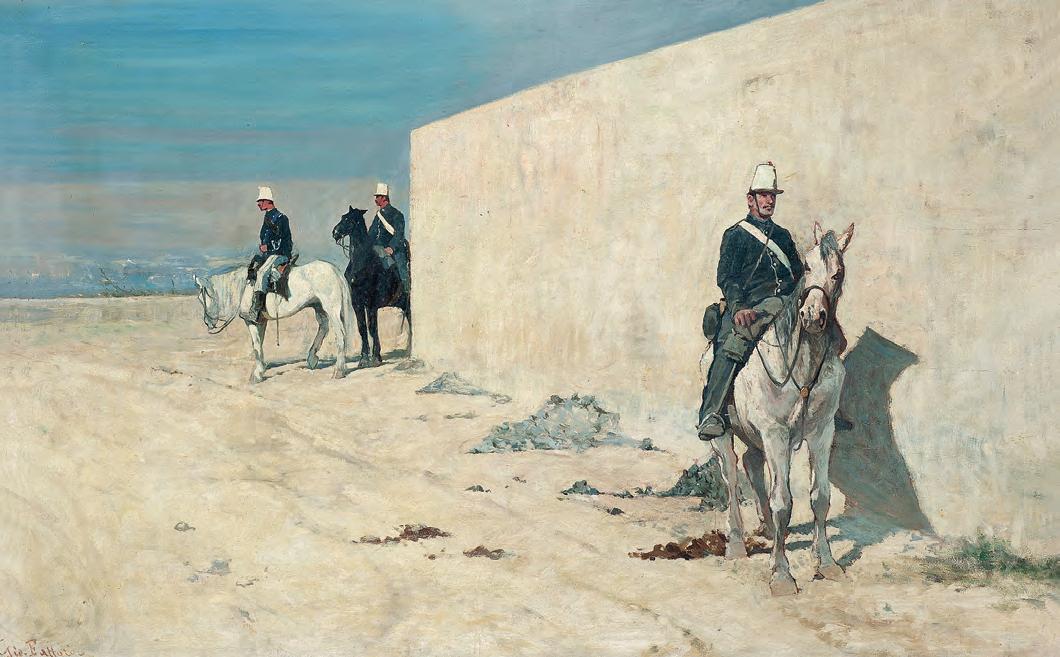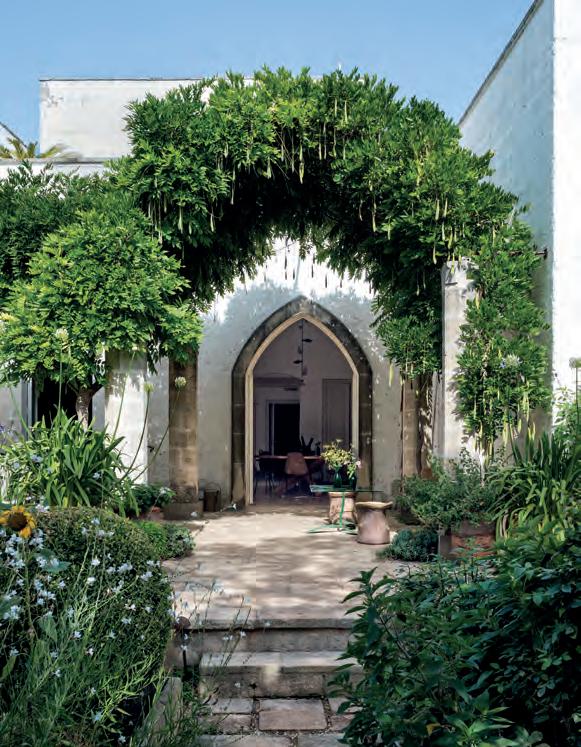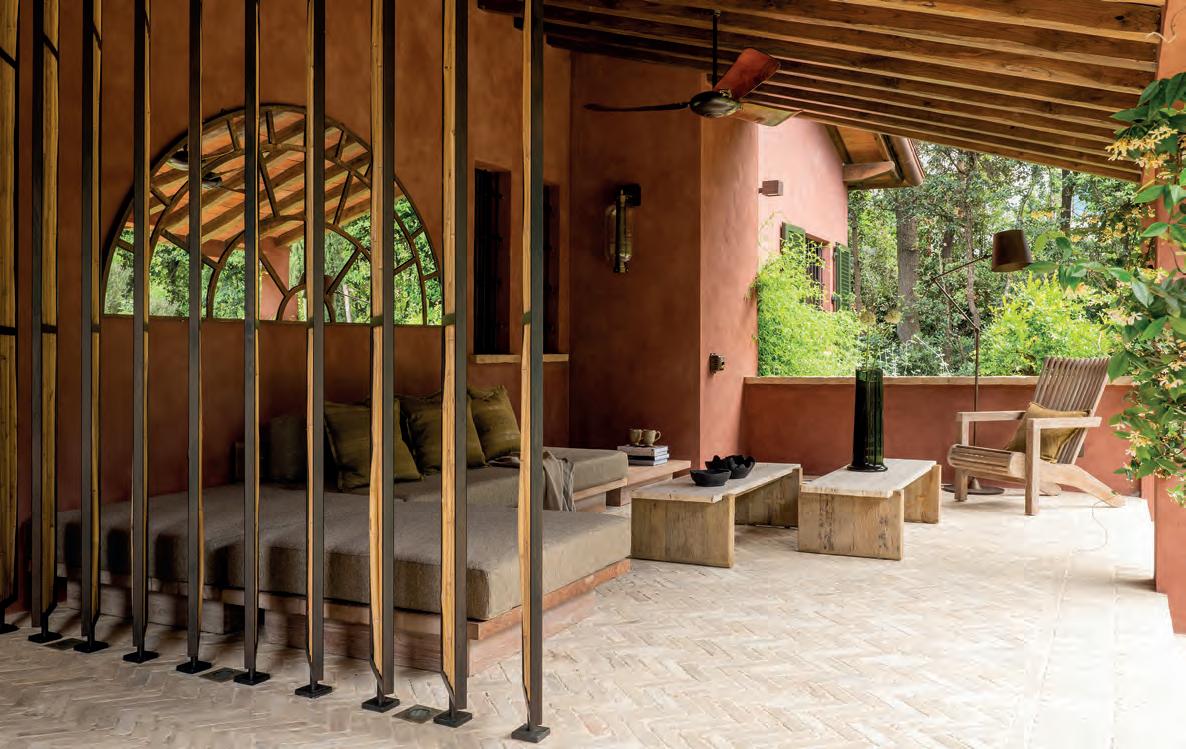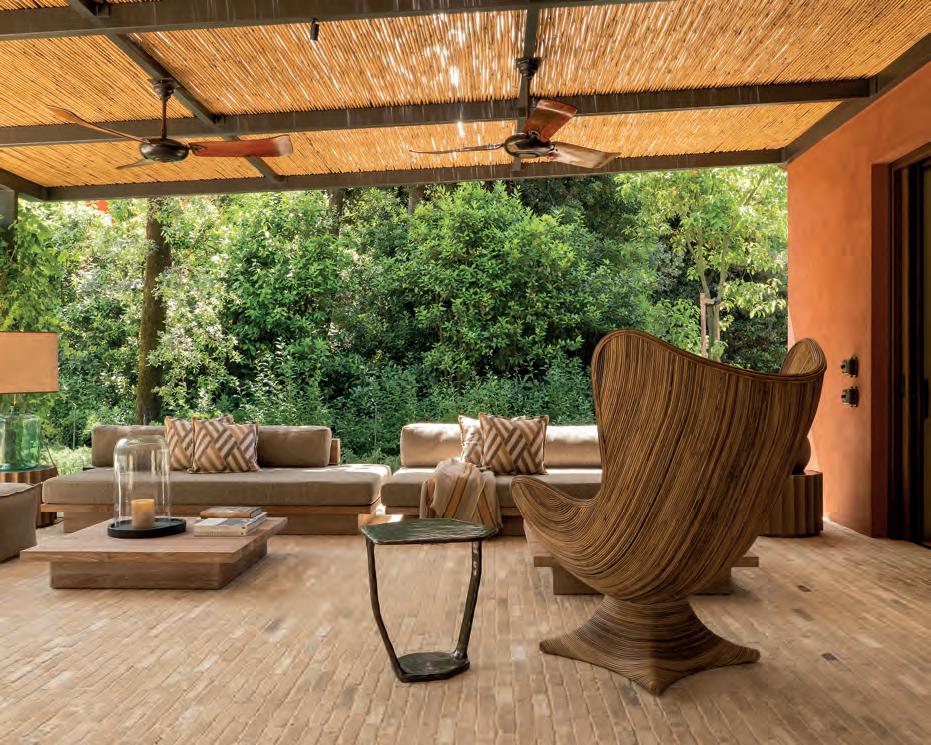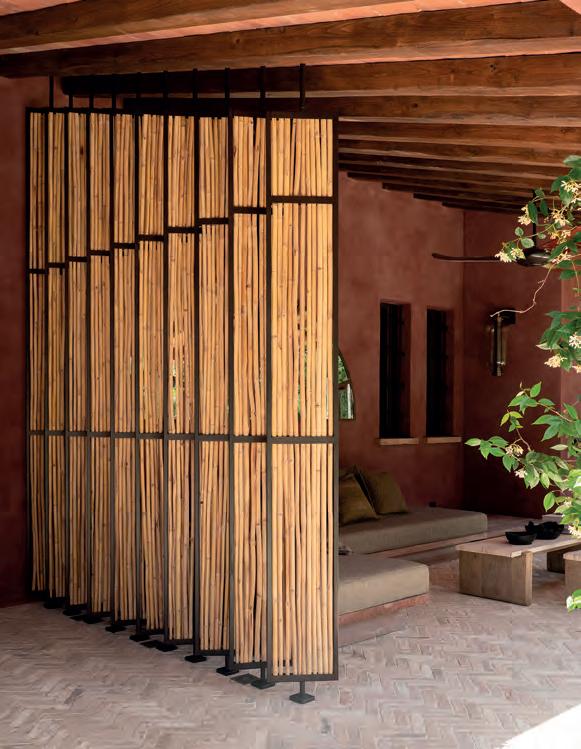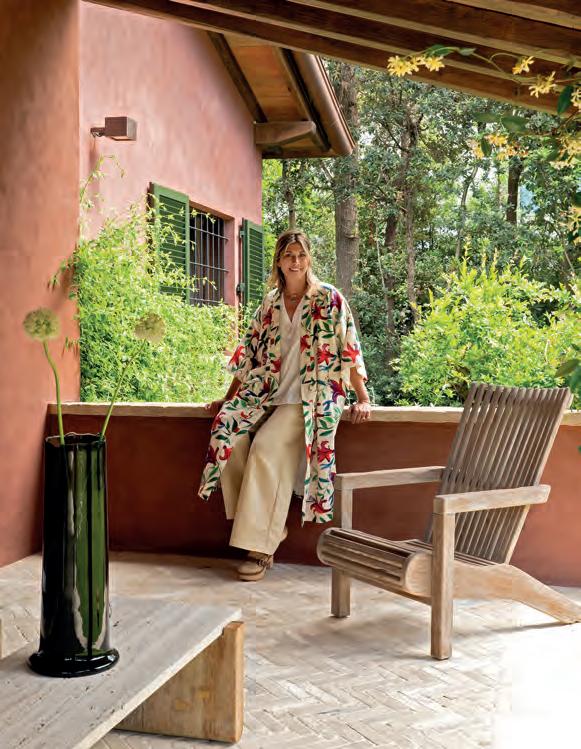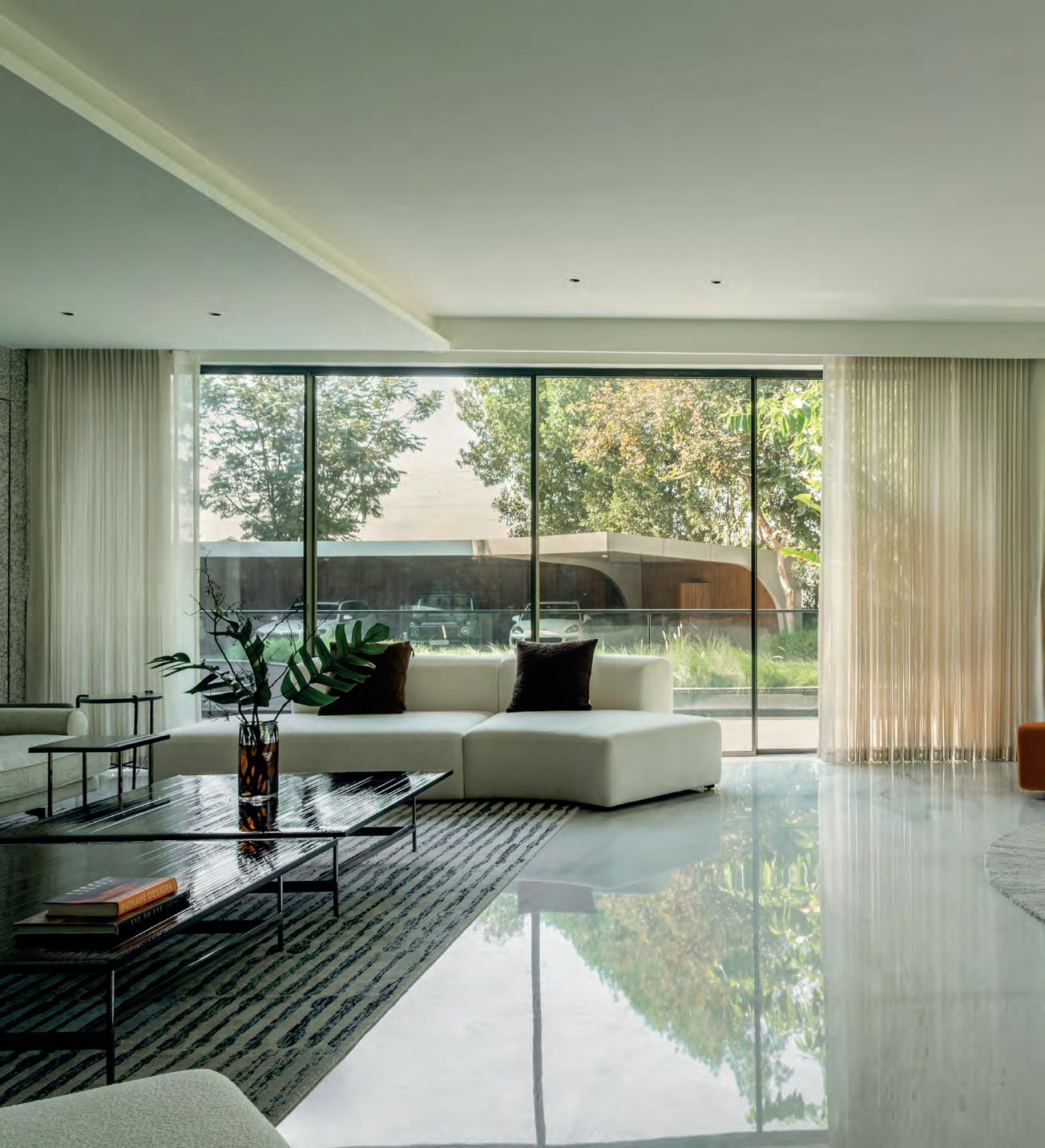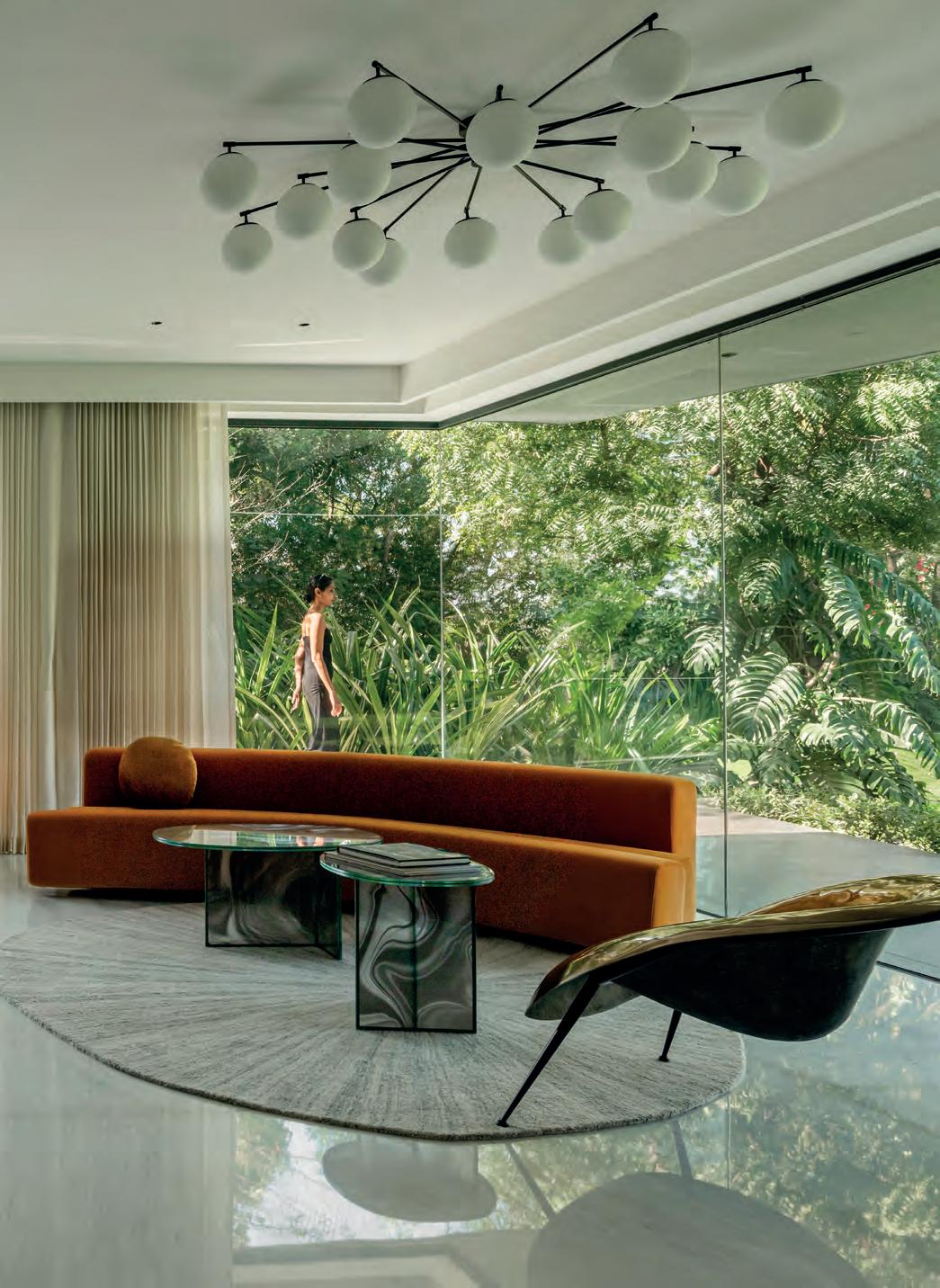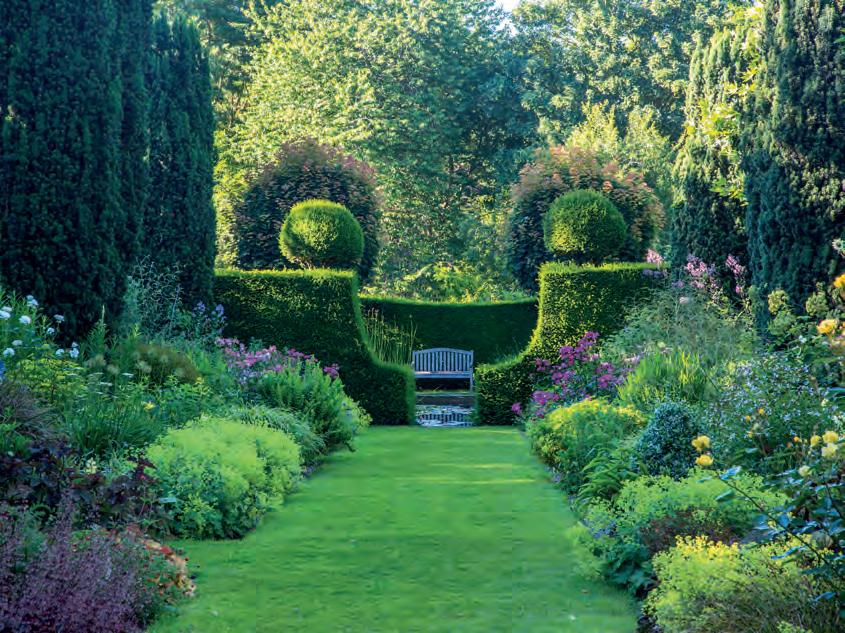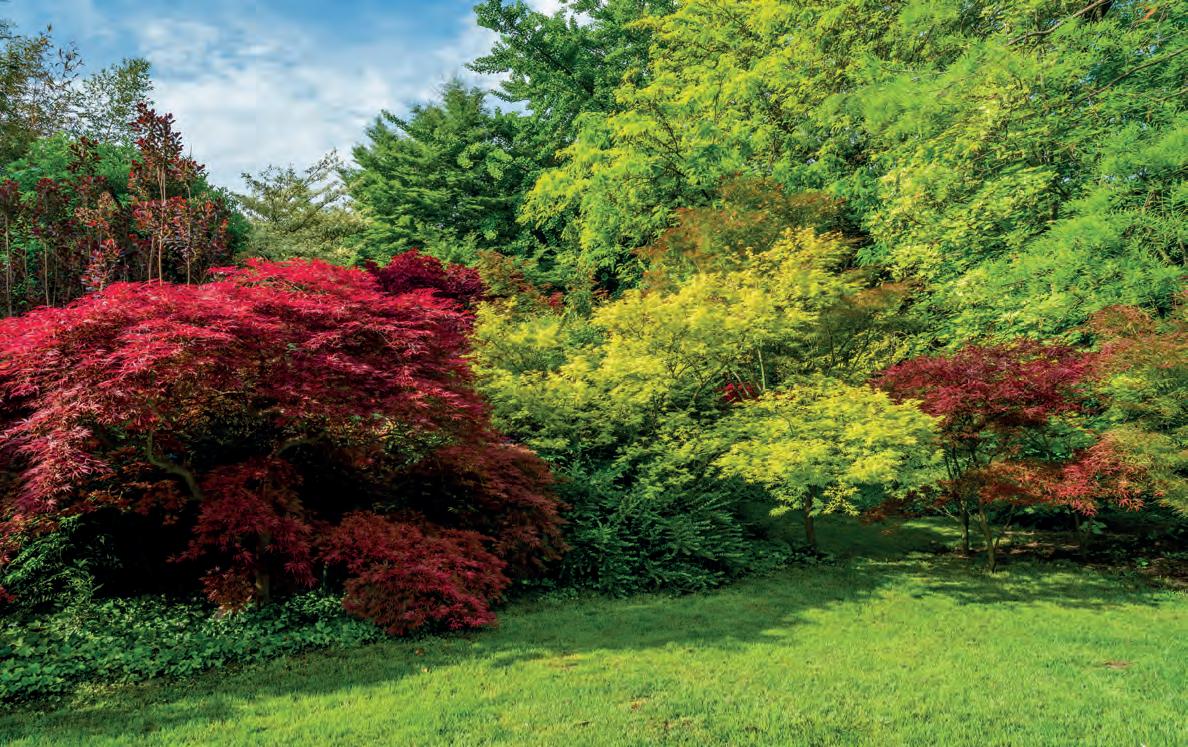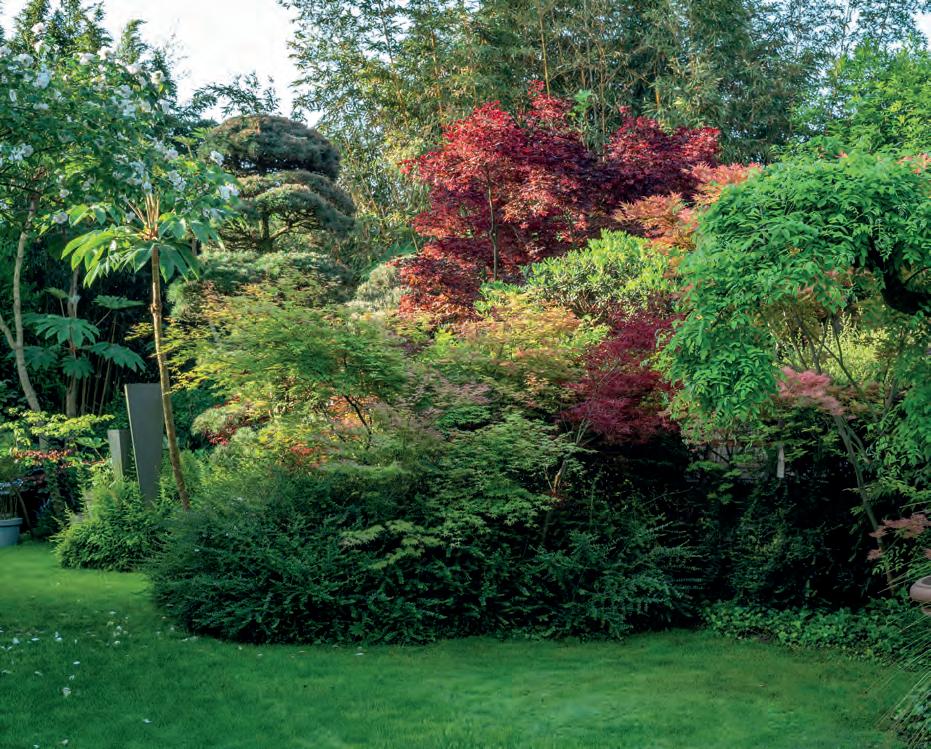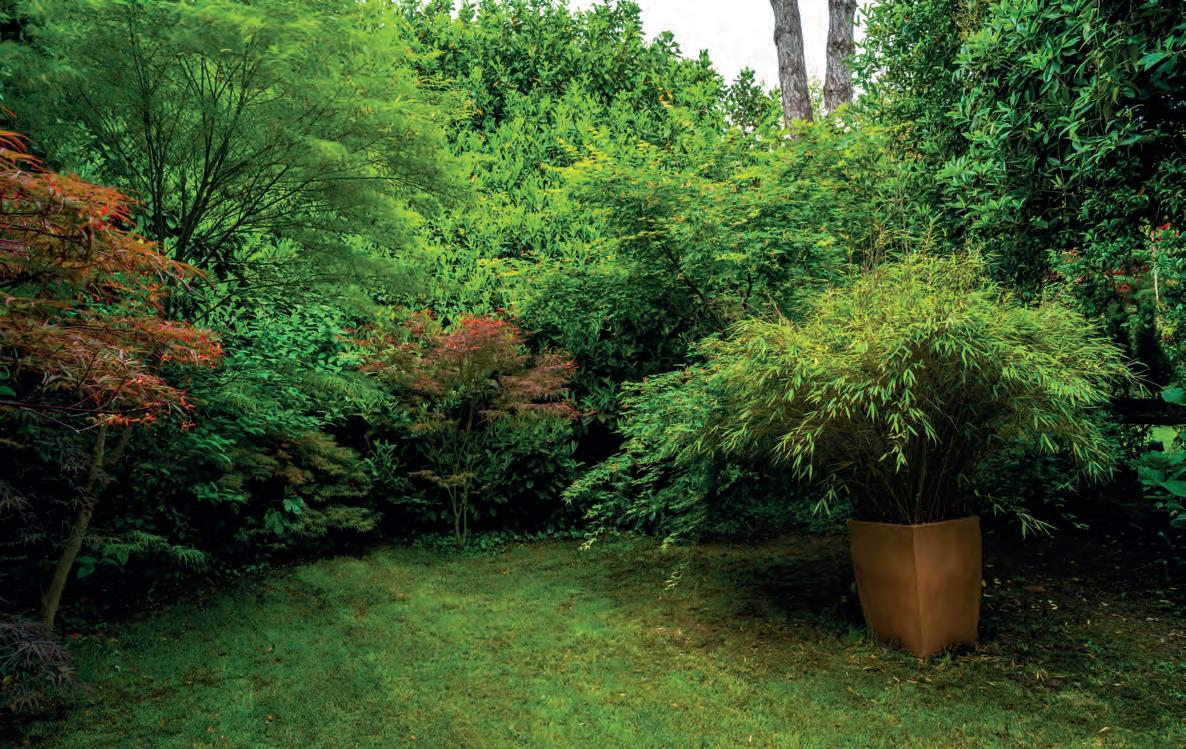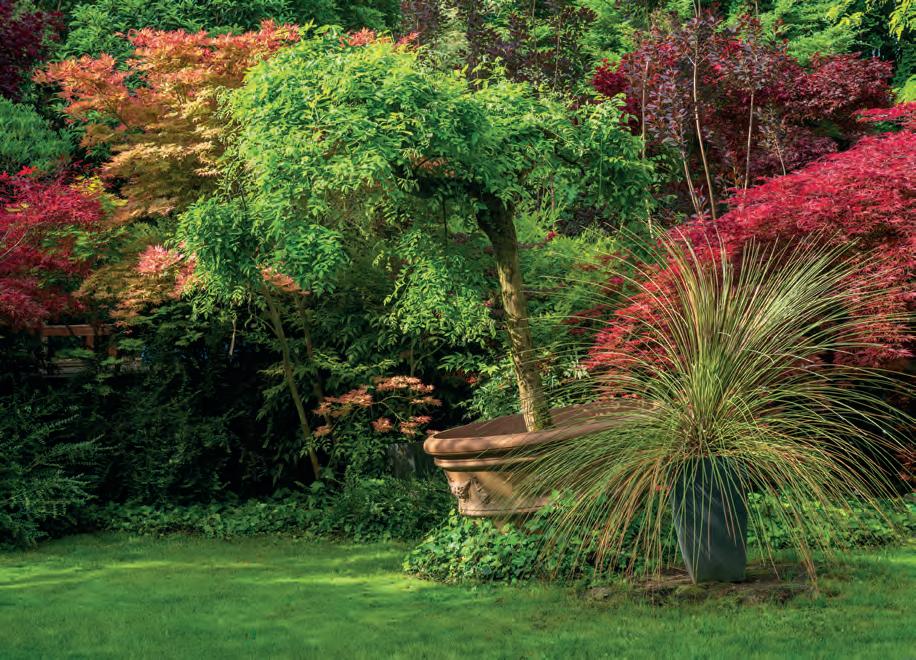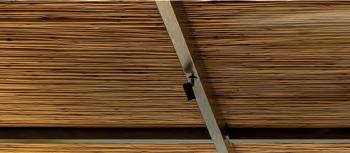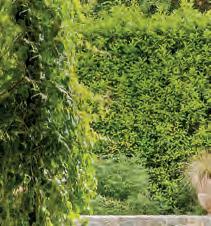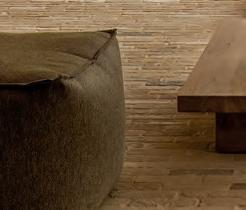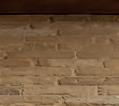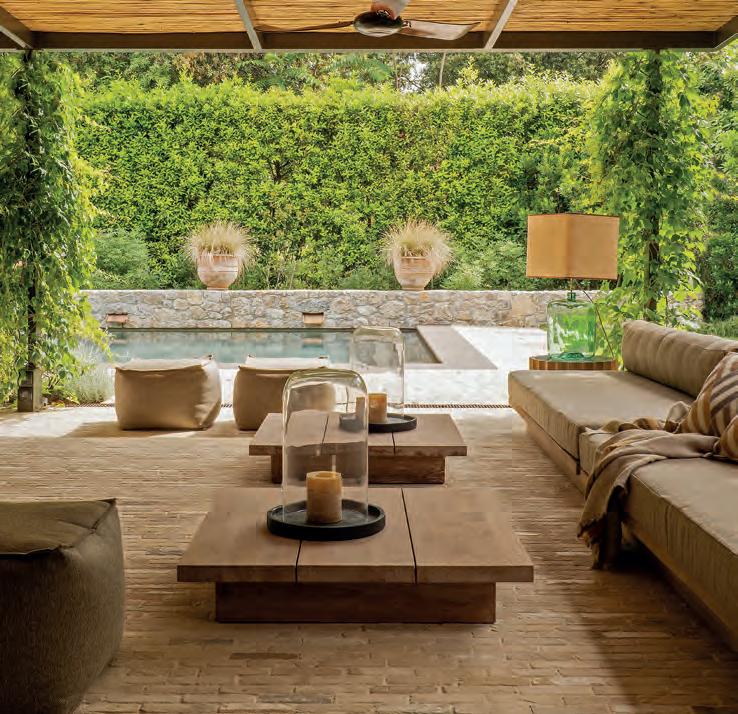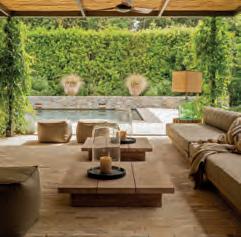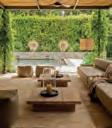Giovanni Fattori. il ‘genio’ dei Macchiaioli
Il percorso espositivo della mostra Giovanni Fattori 1825-1908 Il ‘genio’ dei Macchiaioli documenta la complessità e la modernità del linguaggio dell’artista ripercorrendone le differenti esperienze figurative a partire dall’abbandono della pittura accademica con la radicale rivoluzione espressiva della “macchia” che superò il tradizionale chiaroscuro per impiegare ampie zone di colore in sostituzione delle forme definite. Una tecnica sintetica ed essenziale, che anticipò gli esiti del Novecento, dietro la quale si celava una dimensione intima e personale in singolare equilibrio con la portata più universale della sua pittura. In mostra gli intensi ritratti ‘campionario di umanità’, la natura incontaminata dei paesaggi en plein air, i valori del mondo contadino e l’autenticità della Maremma rurale e una parte considerevole, a causa di una vastissima produzione, di opere dedicate alla pittura militare. alla collaborazione con l’Istituto Centrale per la Grafica di Roma la mostra dedica una specifica attenzione alla produzione grafica di Fattori. Disegni, anche inediti, e acqueforti di straordinaria bellezza, che rivelano la sua capacità di rinnovare la propria poetica. Un altro elemento di sorprendente modernità è l’adozione da parte di Fattori di un formato sviluppato in orizzontale, che si presta alla rappresentazione dei temi centrali alla sua poetica: conferisce dinamismo alle scene di battaglia e valorizza la visione panoramica dei paesaggi e più in generale privilegia l’ambiente circostante. l
Il nuovo centro per l’arte XNL Piacenza (centro per le arti contemporanee della Fondazione di Piacenza e Vigevano), presenta la mostra Giovanni Fattori 1825-1908 Il ‘genio’ dei Macchiaioli, a cura di Fernando Mazzocca, Elisabetta Matteucci e Giorgio Marini, in collaborazione con l’Istituto Matteucci, centro di eccellenza per gli studi sull’Ottocento. Organizzata per celebrare il bicentenario della nascita dell’artista livornese, l’esposizione presenta, fino al 29 giugno, 170 opere (di cui 100 dipinti e 70 tra disegni e incisioni).
In questa pagina, In vedetta. Il muro bianco, circa 1874
© Fondazione Progetto Marzotto, Trissino
ARTE Giovanni Fattori
Homes of Salento. Mediterranean Signs. Dimore del Salento. Segni Mediterranei is a journey through the architecture, landscapes and atmospheres of southern Salento, a magical land suspended between two seas with a strong artistic and cultural identity. Edited by Luciana Di Virgilio for Rizzoli, the book tells the story of these places through farmhouses, rural buildings and historic palaces of different eras, styles and tastes, as well as small, refined houses in the tiny villages of Salento, all imbued with the personality and taste of their inhabitants. The visual narrative unfolds through the wonderful photographs of Filippo Bamberghi, an author with a rigorous yet poetic eye, who has interpreted a sensitive narrative through the elements that define the genius loci: from stones worn by time to sundrenched courtyards, from whitewashed walls to the warm tones of limestone.
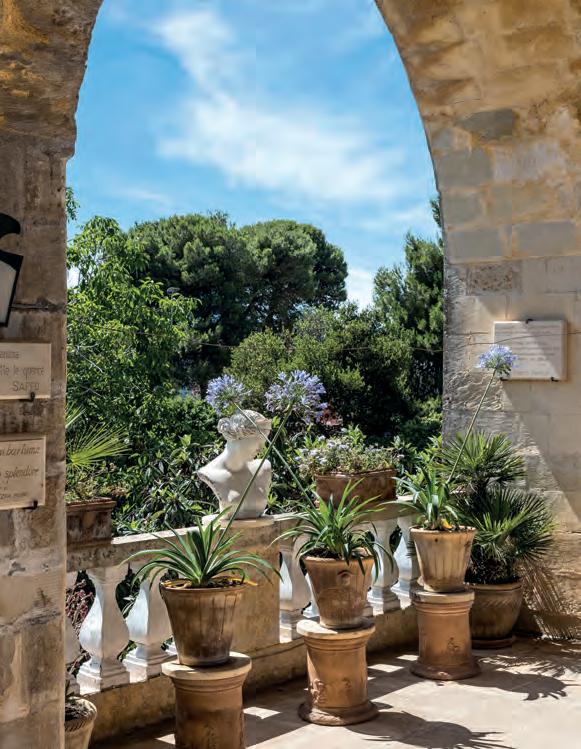
The Mediterranean light, filtered through Bamberghi’s lens, becomes a narrative element, capable of revealing the invisible thread that links architecture to landscape, the past to the present, objects to people, revealing details that would escape superficial observation. Luciana di Virgilio and Filippo Bamberghi’s journey is accompanied by a preface by Helen Mirren, an actress who loves this area, and texts by journalist Patrizia Piccinini, who interviewed the owners of the residences and recounted the history of the buildings, the genesis of the projects and their connection to the territory. ■
In alto a destra, l’ingresso di una casa di paese a Giuggianello
Qui sopra, castello a Depressa
In basso a destra e nella pagina precedente, Convento di Santa Maria di Costantinopoli a Marittima
Above right, the entrance to a village house in Giuggianello. Here above, castle in Depressa. Below right and on the previous page, Convento di Santa Maria di Costantinopoli in Marittima
In queste pagine, altre viste della veranda, arredata con elementi su disegno. Qui a sinistra, poltrona vintage in bambù, recuperata a Parma e restaurata. In basso a sinistra, separé orientabile in bambù e ferro disegnato da FNA. Un elemento elegante e versatile, pensato per articolare con eleganza lo spazio esterno. In basso a sinistra, Francesca Neri Antonello che con lo studio FNA Concept ha firmato il progetto della dimora.
On these pages, other views of the veranda, furnished with custom-designed furnishings Here on the left, a vintage bamboo armchair, found in Parma and restored. At the bottom left, a swivel bamboo and iron screen designed by FNA. An elegant and versatile element, designed to stylishly divide the outdoor space. At the bottom left, Francesca Neri Antonello, who designed the residence with the FNA Concept studio
In questa pagine, il grande salone si affaccia sul giardino attraverso una vetrata angolare a tutta altezza, dissolvendo il confine tra interno ed esterno. Il portico in aggetto filtra la luce, proteggendo gli spazi dal sole diretto e mantenendo un’atmosfera fresca e luminosa. Gli arredi minimalisti rispecchiano i toni della natura: verde e marrone si riflettono nei materiali e nei tessuti, mentre il pavimento in marmo bianco amplifica la luce e restituisce l’essenza del paesaggio.
On this floor, the large living room overlooks the garden through a full-height corner window, blurring the boundary between inside and outside. The overhanging portico filters the light, protecting the spaces from direct sunlight and maintaining a cool, bright atmosphere. The minimalist furnishings reflect the tones of nature: green and brown are reflected in the materials and fabrics, while the white marble floor amplifies the light and reflects the essence of the landscape.
Ciao Dario!
Lo scorso 4 marzo Dario Fusaro ci ha improvvisamente lasciati. Non è sempre semplice trovare le parole adatte in queste situazioni: la sua scomparsa ci ha colti di sorpresa, lasciandoci increduli, smarriti. Per Villegiardini è stato un compagno di viaggio, un amico, un interprete poetico della bellezza che cerchiamo di raccontare ogni giorno, un punto di riferimento autentico, una persona con cui si era costruita negli anni una relazione fatta di fiducia, rispetto e condivisione. Con Dario non si lavorava soltanto: si dialogava, si cresceva, si imparava. La sua intelligenza arguta lasciava sempre qualcosa: una riflessione, una nuova prospettiva da cui osservare il mondo, spesso anche un sorriso o una sana risata. Attraverso il suo obiettivo i giardini diventavano racconto, emozione, meraviglia. Le sue immagini non si limitavano a documentare: riuscivano a toccare qualcosa di profondo, di universale. Nel suo modo di fotografare c’era un’umanità autentica, che arrivava dritta al cuore e lasciava il segno. Non cercava l’effetto. Cercava l’essenza. Sapeva aspettare, osservare, cogliere, restituire. Ha raccontato con luce, silenzi e dettagli tutto quello che spesso le parole non riescono a dire. Con il suo sguardo sensibile, la sua straordinaria capacità di cogliere l’anima dei luoghi, una coerenza rara e uno stile sempre riconoscibile ha saputo costruire un linguaggio visivo che parlava a tutti, senza mai essere banale. Ha fatto innamorare il mondo dei giardini, rivelandone l’anima. Le sue fotografie non si limitavano a mostrarli: sembrava di entrarci, di camminarci dentro, di sentirne i profumi e il respiro. Chiunque abbia avuto la fortuna di lavorare con lui sa quanto fosse speciale. Non imponeva una visione, la offriva con delicatezza. È stato parte della nostra storia, delle nostre pagine più belle. Ci mancheranno la sua curiosità mai stanca, la sua presenza lieve ma sempre vicina, la sua ironia, la sua gentilezza
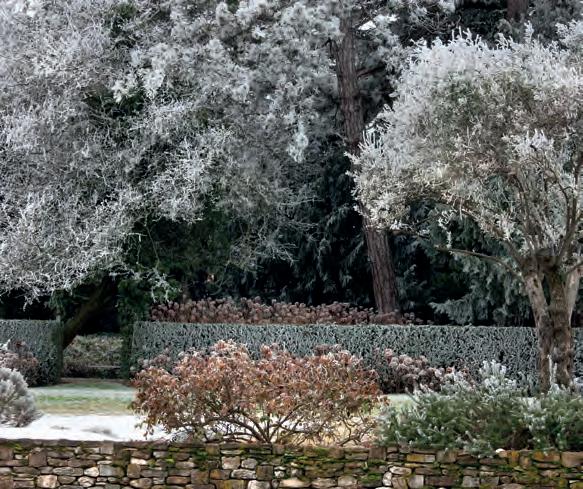
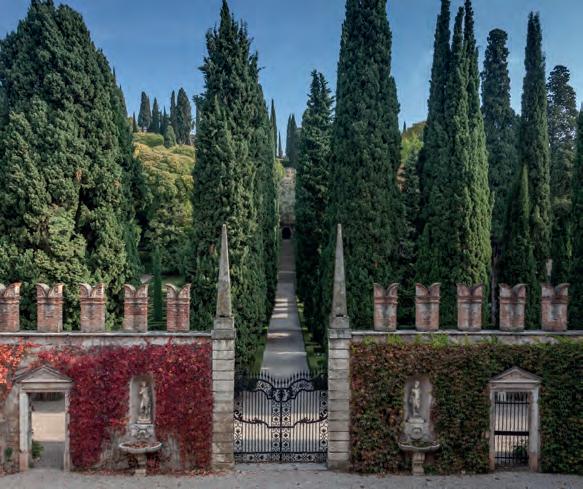
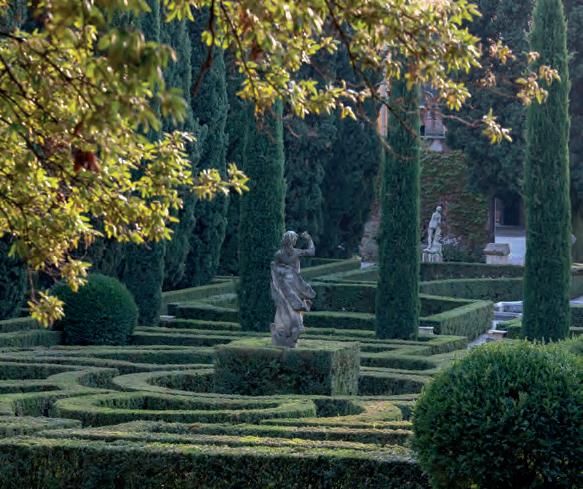
Nadia Nicoletti, scrittrice, educatrice ed esperta di rose Ciao Dario, ricordo come fosse ieri la prima volta che ci siamo conosciuti. Mi hai telefonato una sera di maggio e mi hai dato appuntamento per la mattina dopo. Era per un servizio sul mio giardino e l’orto scolastico che tenevo nella scuola dove insegnavo. Quando sei arrivato, puntualissimo, hai iniziato subito il tuo lavoro, non hai voluto nemmeno un caffè. “Comincio subito, la luce è bellissima”. Mentre lavoravi pensavo al tuo viaggio da Torino a Trento nel pieno della notte e ho capito subito quanto tenessi al tuo lavoro. Dopo quella volta siamo rimasti sempre in contatto e ci siamo rivisti molte volte. Un anno sei venuto a trovarmi con Francesca poco prima di Natale. Tu volevi andare a pattinare ma quella volta non era stato possibile per una serie di motivi, credo per la troppa neve caduta. Da quella volta ogni inverno ci sentivamo e tu mi dicevi “Si pattina a Trento?”. Io rispondevo “Certo, dai, venite su!”. Poi, per una motivo o per l’altro, a pattinare non siamo più andati. Ora tu sei partito, ma ti prometto che quando ci ritroveremo pattineremo insieme.
Paolo Pejrone, architetto paesaggista, Presidente-fondatore dell’Accademia Piemontese del Giardino, ideatore della mostra-mercato Tre Giorni per il Giardino, Castello di Masino Quella con Dario era ormai un’abitudine: una chiamata, alcuni commenti e tante idee. Con ‘Fusaro’, infatti, siamo stati compagni di avventura per moltissimi anni, alcuni libri e innumerevoli articoli. Con lui non c’era bisogno di parlare molto, le sue battute, talvolta criptiche e telegrafiche, dicevano già tutto… Un’ironia veloce e acuta, che traspariva molto spesso nei ritratti che scattava al volo e non solo agli amici giardinieri, agli appassionati e a tutto quel gran mondo ‘verde’, che fu vivacemente rappresentato nel libro Centoventi giorni per il Giardino, edito dalla Libreria della Natura e curato dall’Accademia Piemontese del Giardino, e di cui Dario fu il vero regista e il sincero interprete. Un vuoto immenso e per tutti incolmabile ci ricorderà il suo insostituibile ruolo e il contributo sincero, sobrio ed elegante di una vita dedicata a un lavoro amato e spesso generosamente offerto.
Silvia Vigè, agronomo e giornalista. Ho conosciuto Dario nel 2008 durante un viaggio in Sicilia. Lui di Moncalieri, pur con radici veneziane, e io di origini astigiane ci siamo capiti al volo. Ogni volta che ci siamo ritrovati in contesti botanici è stato piacevole e divertente: lui pronto alla battuta in un mix di piemontese e inglese, non sempre comprensibile a tutti ma per me sempre uno spasso. Era un vulcano di idee, costantemente immerso in nuovi progetti. Perdiamo tutti un grande fotografo dall’animo gentile e sofisticato, io perdo un amico a cui ero sinceramente affezionata.
Maurizio Usai, architetto paesaggista. Ci incontrammo a Bergamo nel 2011: l’occasione fu quella di partecipare ad un suo workshop di fotografia del giardino, e – per me - di carpire qualche segreto del mestiere a quello che mi sembrava allora l’unico fotografo di giardini italiano interessato non solo a scattare belle foto, ma a descrivere, attraverso un racconto per immagini, lo spazio, l’architettura, il carattere e l’atmosfera dei giardini. Da allora non abbiamo più avuto modo di incontrarci di persona, ma solo al telefono; restano, tuttavia, quei primi, indelebili insegnamenti. Ogni volta che scatta il clic della fotocamera il pensiero va, inevitabilmente, al Maestro.
Judith Wade, fondatrice e presidente Grandi Giardini Italiani. Il mio saluto a Dario Fusaro è un arrivederci in quanto ho l’onore di poter rivedere giorno dopo giorno le sue fotografie scattate nei Grandi Giardini Italiani in circa 20 anni di collaborazione. Credo che lui avesse molti
met him, when I had the luck to step, however briefly, into his world of detail, intensity, and lightness. That evening, between witty stories and a bit of designer nostalgia, I discovered someone who lived every moment with both intensity and ease. I’d expected a formal meeting, but his sharp humour instantly changed the tone: warmth and generosity became his trademark, and any distance just melted away. From that day on, we met often—he came to photograph my gardens. I would watch him move silently, almost unnoticed, searching for something that only he seemed to perceive. A story that only he could see. When he found the right shot, his eyes would light up and he’d show it with contagious enthusiasm. He taught me to see my own work with new eyes, to notice details I hadn’t noticed myself. Behind every photo were study, passion, and effort. Never superficial, he worked with absolute dedication: rising at dawn, returning late at night, then straight to the computer to review his images and send me the first previews, sometimes in the middle of the night. He had a gift, but also an unshakable discipline. This is what I owe him: emotion. The rare gift of creating it, and sharing it. I miss him and we will all miss him. Every time we leaf through a photo essay that isn’t his, we’ll find ourselves thinking, half-whispering, half-smiling, “Well, Dario’s photos… those were something else.”
Nanni Fadini, Owner of Villa Bellaria, Rivergaro. Dario, the first time I saw you, you were wandering curiously through the park, accompanying another photographer hired by the landscape designer responsible for the rebirth of my garden. Many years have passed since then, but you came back every year, always with a fresh gaze, ever more attentive, ever more contemporary. I’m sure it won’t just be me who misses you, but also my plants, because you turned them into something that went beyond their objective beauty.
Moritz Mantero, President of Orticolario. The third edition of Orticolario had just begun when I received a call from the office: Dario Fusaro had arrived. We had been eagerly awaiting him after being struck by his portfolio. I went looking for him, but since no one on our team had met him before, finding him wasn’t easy. I finally spotted him at the far end of the Cernobbio Wing: he had already set up his tripod and was taking photos in his own style, capturing an event that had carved out its own unique design path. We worked together for five years, and together we went to the Château de Chantilly, showcasing installations that reflected our style and philosophy. Later, during his creative evolution, Dario began to inject irony into his photos, reinterpreting historical and contemporary figures from our world. One day, during the event, he had me sit on a giant Echinocactus grusonii while reading a newspaper and watering the plant. Today, thinking back on those spines, I realise that our work, though fueled by passion and often crowned with success, also entails painful moments and Dario’s passing is one of profound sorrow.
Elisabetta Margheriti, nursery owner and Green advocate. Dear Dario, there are photos I hold in my heart, without needing to look at them again. One shows Corinna as a child at the Landriana Gardens: you took it on a day I still count among my most beautiful memories. Another one is of my father Mario, with that clear gaze that only you could capture. These are images that speak of affection, suspended moments, and your rare ability to reveal the essence of people and places. We had planned a photo session at the nursery, and many other projects were still waiting in the drawer. You left us too soon. I’m sure we’ll find you again: in the enchantment of our gardens, in the light of a sunset, in those unique moments only you knew how to catch with grace and wonder. You’re in everything we garden lovers, plant and flower enthusiasts shared together.
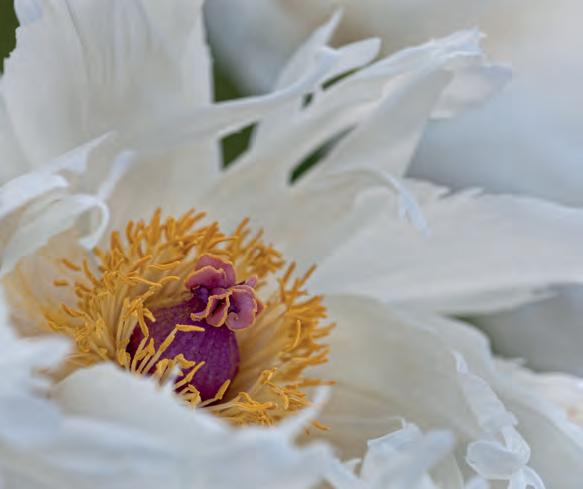
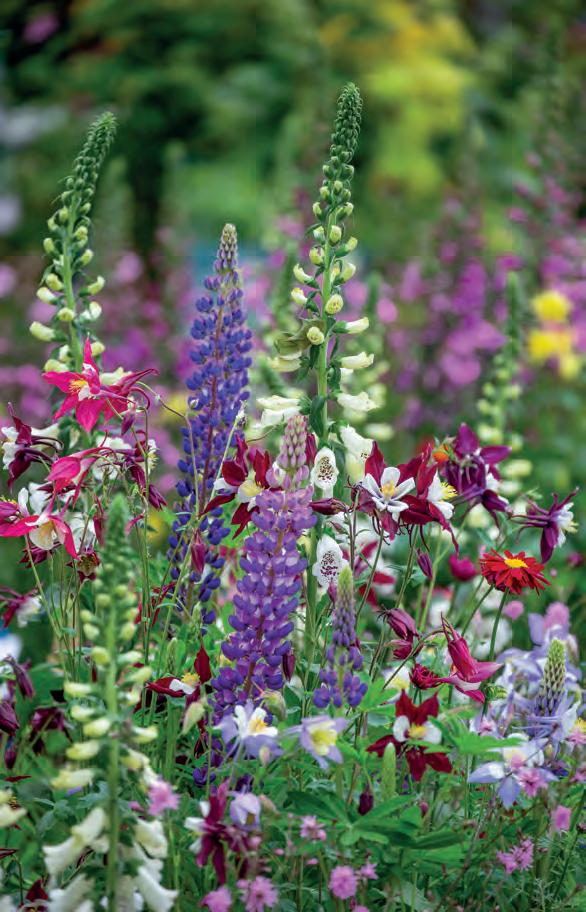
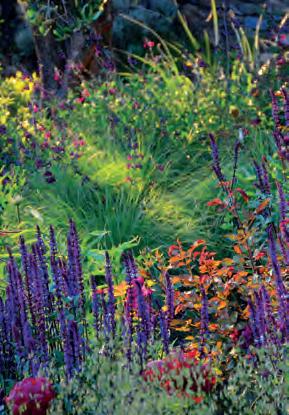
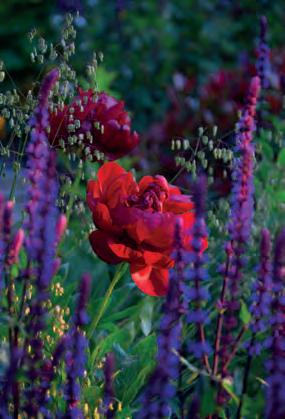
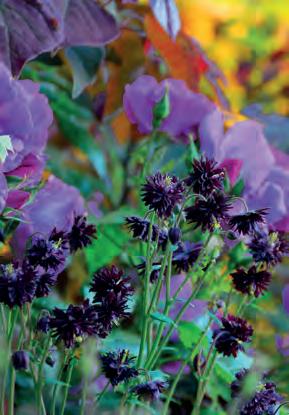
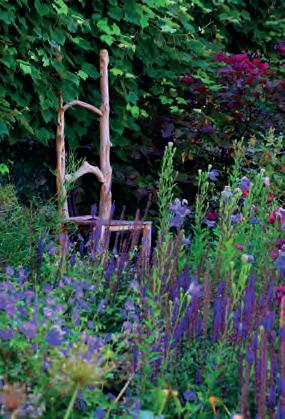
rossi più decisi, insieme alle rose ‘Cardinal Hume’ e alla peonia ‘Buckeye Belle’, velluto e seta. Luci azzurre appaiono qua e là grazie all’infaticabile Geranium ‘Rozanne’ tra le spighette a cuore di Briza media, traslucide e mobilissime. l Foto di Maurizio Usai
Purple, the elusive hue. Purple has always been a highly coveted and sought-after colour, among the most precious and rare, still linked to notions of wealth and opulence today, and not by chance. The natural pigment (tyrian dye) from which it originates is the result of an extraordinarily long and intricate process, where nature and chemistry verge on the alchemical, yielding not a single hue but an entire chromatic spectrum of rare complexity and depth. Although today the term generally denotes a hue similar to violet, in ancient times it encompassed all colours obtainable from the extraction of pigment derived from various species of Mediterranean murex, each producing its own distinctive set of colours: a sumptuous range of crimsons, indigos, and violet-tinged reds, spanning warm and cool tones alike, in every gradation of brightness and saturation. A palette so rich it defies any attempt at classification.
Vita Sackville-West, deeply fascinated by the Middle Eastern world, celebrated its splendour in her garden at Sissinghurst, where she created a Purple Border that reaches its peak in early summer. Designing monochromatic gardens, or more precisely the ones based on restricted colour themes, is never simple: as intriguing and captivating as it may seem, it can prove a terrible double-edged sword. Yellows or whites may prove more forgiving,
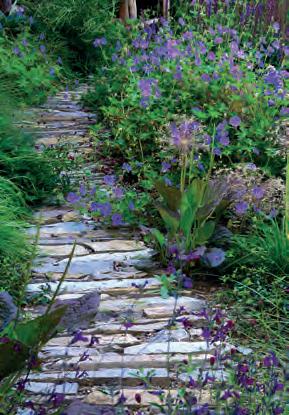
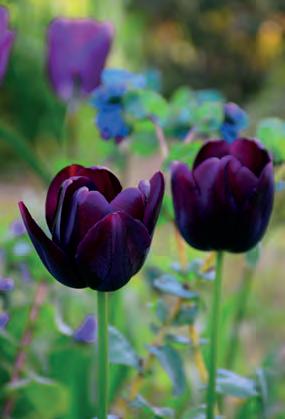
Da sempre affascinato dal mondo naturale, Maurizio Usai si è laureato in Ingegneria Edile e Architettura a Cagliari, proseguendo parallelamente in proprio gli studi sulle tecniche di coltivazione, l’arte del giardino, il carattere dei paesaggi. I suoi giardini nascono dalle suggestioni derivanti dal luogo e dai suoi abitanti e dall’attenta osservazione degli equilibri ambientali; sono caratterizzati dalla ricchezza e accuratezza delle composizioni vegetali e dei cromatismi e dalla fluidità del disegno architettonico. Petra Majore, nel Nordest della Sardegna, è il suo nuovo laboratorio privilegiato di sperimentazione.
Always captivated by the natural world, Maurizio Usai graduated in Building Engineering and Architecture from the University of Cagliari. Alongside his formal education, he pursued independent studies in cultivation techniques, garden art, and landscape character. His gardens are inspired by the essence of the place and its inhabitants, along with a careful observation of environmental balances. They are distinguished by the richness and precision of their plant compositions, vibrant colour schemes, and the fluidity of their architectural design. Petra Majore, in northeastern Sardinia, is his new favoured laboratory for experimentation.
at worst simply dull; purple, by contrast, reveals itself as deceitful and treacherous: it can turn dark and dusty if one forgets its need for sunlight, or other lighter and brighter hues, to shine.
One of the many ‘rooms’ of my project at San Pietro di Rovereto, in Liguria, was indeed dedicated to this seductive and elusive colour. The choice was not arbitrary: the terracing where it unfolds lies just beneath the windows of the grand living room that occupies the entire first floor of the house, a space dominated by the absolute whiteness of walls, furnishings, and artworks. In the ongoing dialogue of reflection and contrast between indoors and out that defines this garden, I wanted to juxtapose the light of white with the voluptuous depth of purple shadows, which flare under the afternoon sun filtered through the olive tree canopies. Where the owners had envisioned (and sown!) a flower meadow, subsequently overtaken by weeds, now stretches a living tapestry composed of over seventy different species and cultivars. Dense spikes of Salvia nemorosa ‘Caradonna’ dominate over a base formed by Plantago major ‘Purpurascens’, Sanguisorba officinalis ‘Tanna’, Salvia ‘Nachtvlinder’, Muhlenbergia reverchonii, and Veronica umbrosa ‘Georgia Blue’. Thalictrum delavayi ‘Album’ and Aquilegia ‘Black Barlow’ elegantly enhance the composition among the leaves of Cercis canadensis ‘Forest Pansy’, guiding the resurgence of bolder reds, along with the roses ‘Cardinal Hume’ and peony ‘Buckeye Belle’, velvet and silk. Here and there, flashes of blue light are provided by the ever-reliable Geranium ‘Rozanne’, scattered among the delicate, translucent, heart-shaped seedheads of Briza media, constantly in motion.
Photographs by Maurizio Usai ■
In queste pagine e nelle precedenti, alcune viste del giardino dei signori Ferrari a Pizzighettone, animato dal continuo mutamento dei colori delle foglie, che si modificano nel corso delle stagioni. I giochi di trame, altezze, volumi, pieni e vuoti rivelano un’armonia che nasce dalla fusione di contrasti sottili, in cui la leggerezza degli aceri giapponesi si accompagna alla verticalità dei bambù, creando un’ambientazione sempre viva, in costante dialogo con la natura circostante
In these pages and in the previous ones, some views of the garden of the Ferrari family in Pizzighettone, animated by by the continuous change in the colours of the leaves, which evolve throughout the seasons.. The interplay of textures, heights, volumes, solids and voids reveals a harmony born from the fusion of subtle contrasts, where the lightness of the Japanese maples is accompanied by verticality bamboos, creating a setting that is always alive, in constant dialogue with the surrounding nature
In queste pagine, quinte vegetali creano lo sfondo perfetto davanti al quale far risaltare specie rare, esemplari dalla forma architettonica o scultorea, anche tenute in grandi contenitori, quali Dasylirion quadrangulatum, Styphnolobium japonicum ‘Pendulum’ o un boschetto di Phyllostachys aureosulcata f aureocaulis, dai culmi dritti di un brillante giallo dorato, talvolta solcati da leggere striature verdi, per aggiungere luce e verticalità
On these pages, green backdrops create the perfect setting against which to highlight rare species, specimens with an architectural or sculptural form, even when grown in large containers, such as Dasylirion quadrangulatum, Styphnolobium japonicum ‘Pendulum’, or a grove of Phyllostachys aureosulcata f. aureocaulis, with its upright canes of brilliant golden yellow, sometimes streaked with fine green lines, adding both light and verticality
In questa pagina, il Salone delle Feste, ornato da dipinti di Giacomo Casa da Conegliano. Dalle finestre si possono ammirare il giardino, il lago e la serra ispano-moresca. Nella pagina di destra, lo scalone d’accesso ai piani superiori e particolari del soffitto e dei gradini
On this page, the Ballroom, featuring paintings by Giacomo Casa da Conegliano
The windows offer views over the garden, the lake and the Hispano-Moorish orangerie
On the right page, the grand staircase leading to the upper floors, with details of the ceiling and stone steps
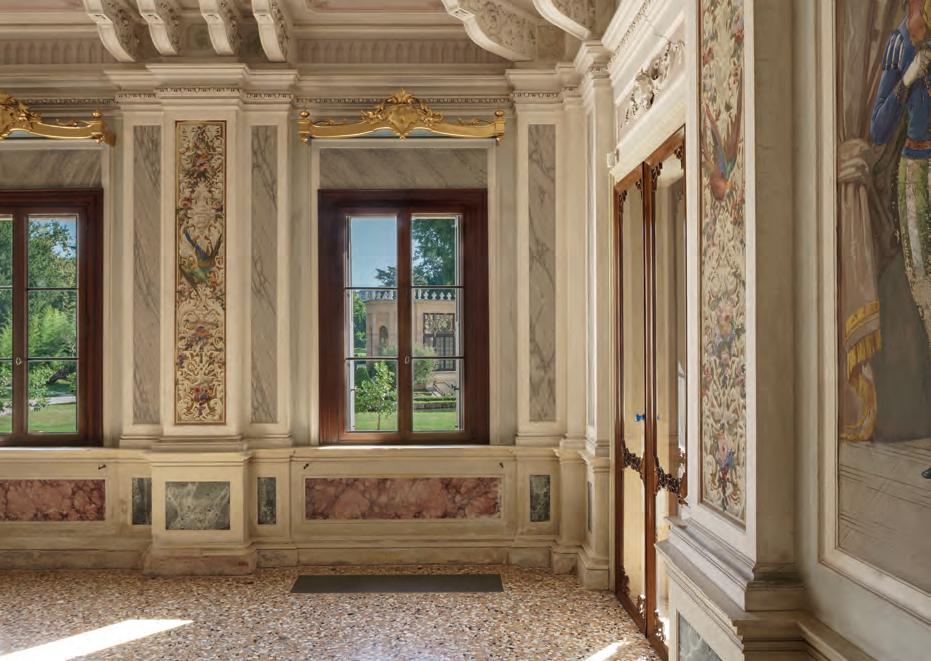
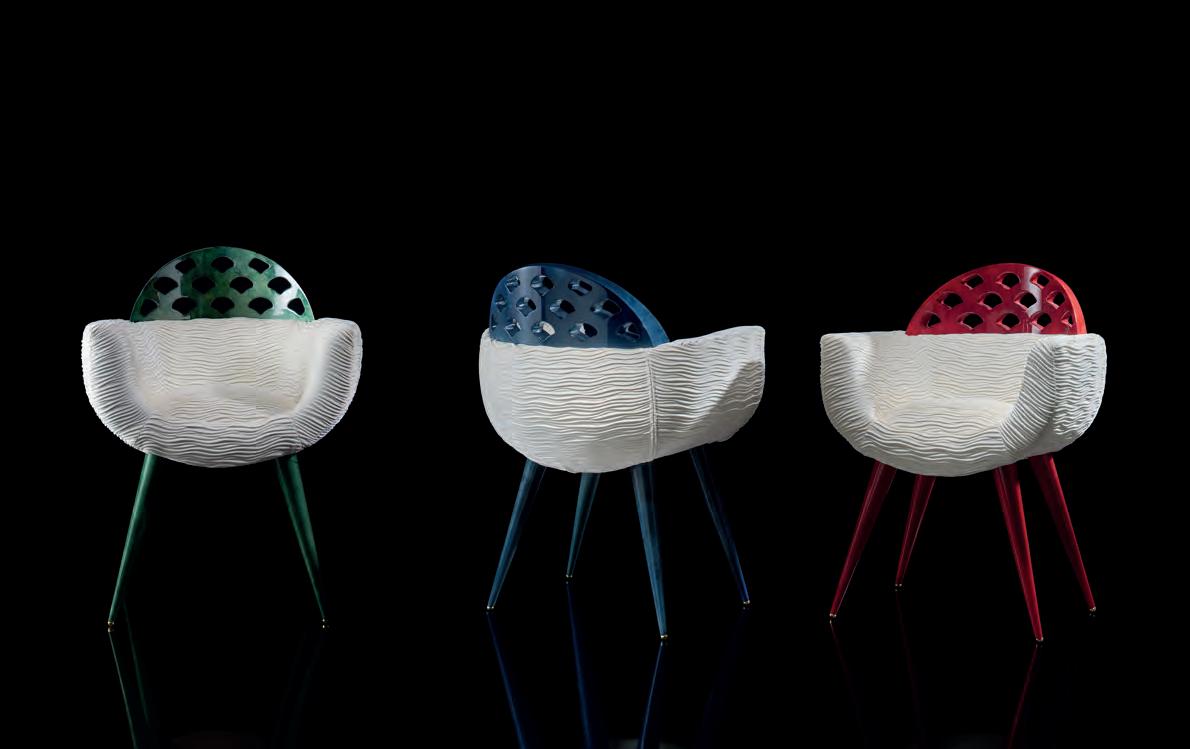
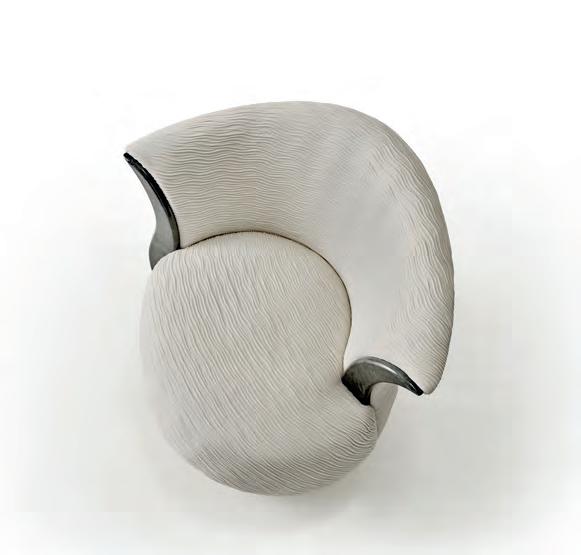
New emotions. The Lucrezia chair and a soft ‘ruffled’ velvet upholstery for the Victoria armchair expand the exclusive collections for the home by Paola Sorio Design Luxury Atelier. The collections of the creative atelier directed by Paola Sorio are enriched with new models and finishes designed to expand the expressive potential of the catalogue in a direction of vivacity and versatility. These new proposals confirm the consistency of the aesthetic and conceptual path undertaken by Paola Sorio in the art design sector, based on meticulous research into colours and materials and a constant striving for exclusive elegance with deep roots in the memory and tradition of great artistic design, as well as in the choice of precious materials. In keeping with the brand’s identity, these products are also made by skilled craftsmen who, through their rare and precious manufacturing expertise, give shape to Paola Sorio’s original creations. The first new addition is an extension of the range of materials and finishes available for the Victoria armchair. This soft and welcoming seat with parchment and gold leaf details is now also available with a crinkled velvet upholstery that enhances its tactile and visual qualities. Lucrezia, on the other hand, is a completely new chair that combines soft shapes with clean lines to create a sober yet distinctive decorative effect. A versatile product that, thanks to the refined colour palette of the parchment-covered lower part of the backrest and the legs, offers a wide range of colour combinations and can be used in both classic and contemporary settings. ‘While Ginevra conveyed a very aristocratic spirit, Lucrezia was designed as a product with a more informal elegance and a distinct liveliness, which we achieved thanks to the parchment finish in six fresh, modern colours.’ This product is also available with the new crinkled velvet upholstery, confirming Paola Sorio’s interest in researching materials. ‘Through the materiality of my work, I always want to communicate intangible concepts that refer to my inner self. In particular, the apparent irregularity and richness of nuances in this fabric fascinated me because it expresses the variety of a movement that is apparently chaotic but actually constant and orderly, reflecting my personality.’ ■
In questa pagina, qui sopra, la nuova collezione di sedie Lucrezia. La loro forma quasi eterea, nasconde un’anima solida e confortevole. Gambe e schienale sono rivestite in pergamena disponibile in sei diversi colori
On this page, above, the new Lucrezia chair collection Their almost ethereal shape conceals a solid and comfortable core. The legs and backrest are covered in parchment available in six different colours
